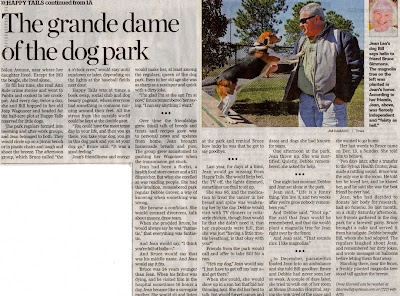Exposure compensation on still cameras
In photography, some cameras include exposure compensation as a feature to allow the user to adjust the automatically calculated exposure. Compensation can be either positive (additional exposure) or negative (reduced exposure), and is commonly available in third- or half-step[1] increments, usually up to two or three steps in either direction; some digital cameras allow a greater range. Camera exposure compensation is commonly stated in terms of EV units; 1 EV is equal to one exposure step (or stop), corresponding to a doubling of exposure.
Exposure can be adjusted by changing either the lens f-number or the exposure time; which one is changed usually depends on the camera's exposure mode. If the mode is aperture priority, exposure compensation changes the exposure time; if the mode is shutter priority, the f-number is changed. If a flash is being used, some cameras will adjust it as well.





